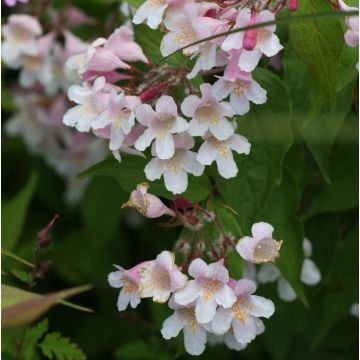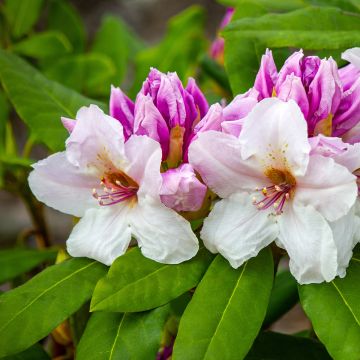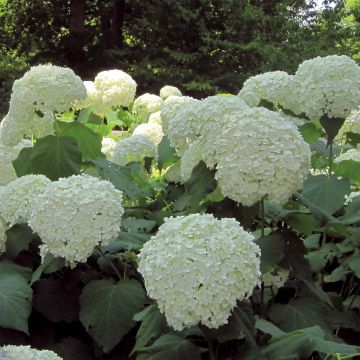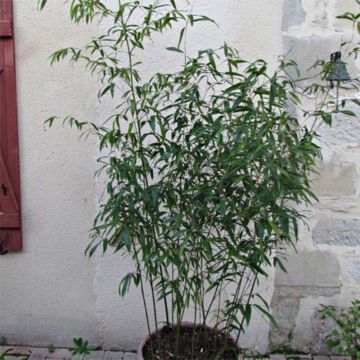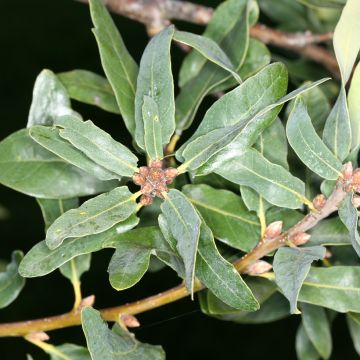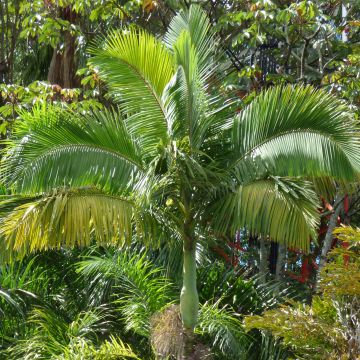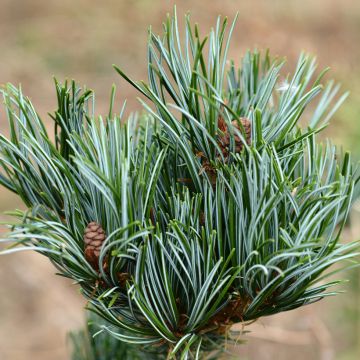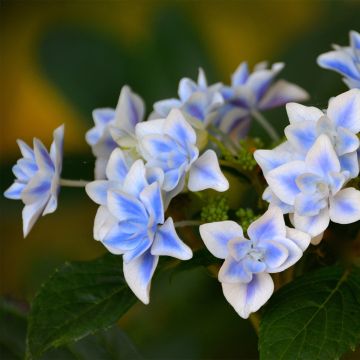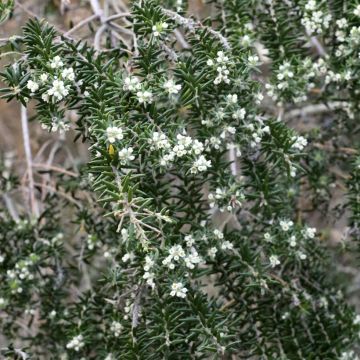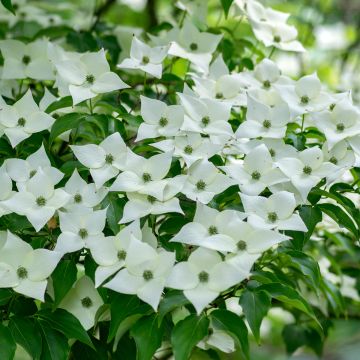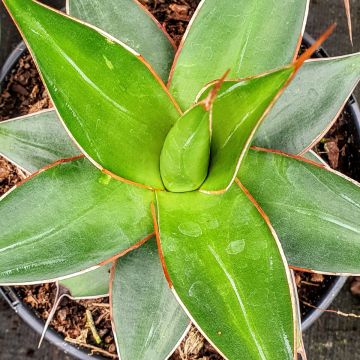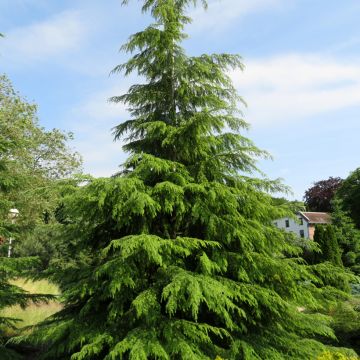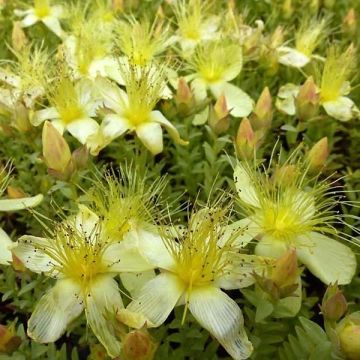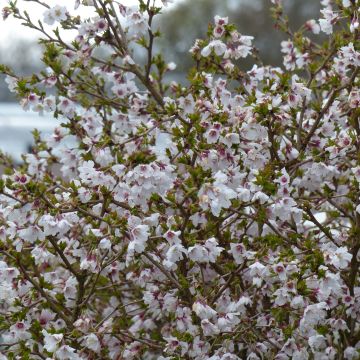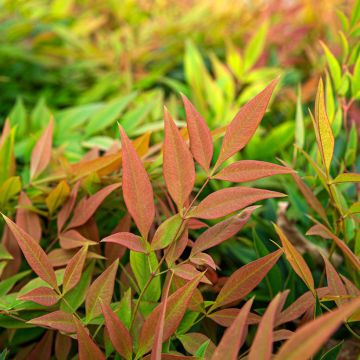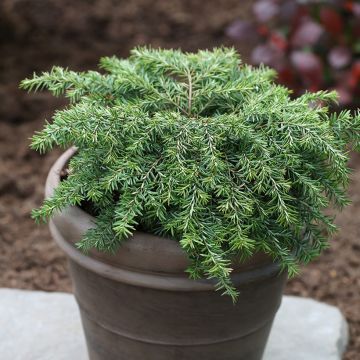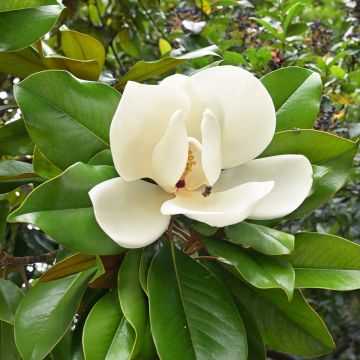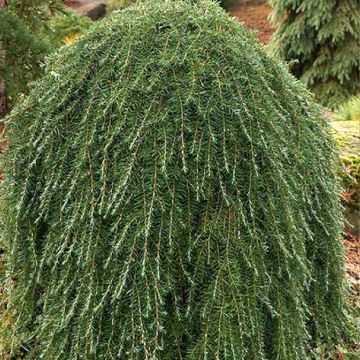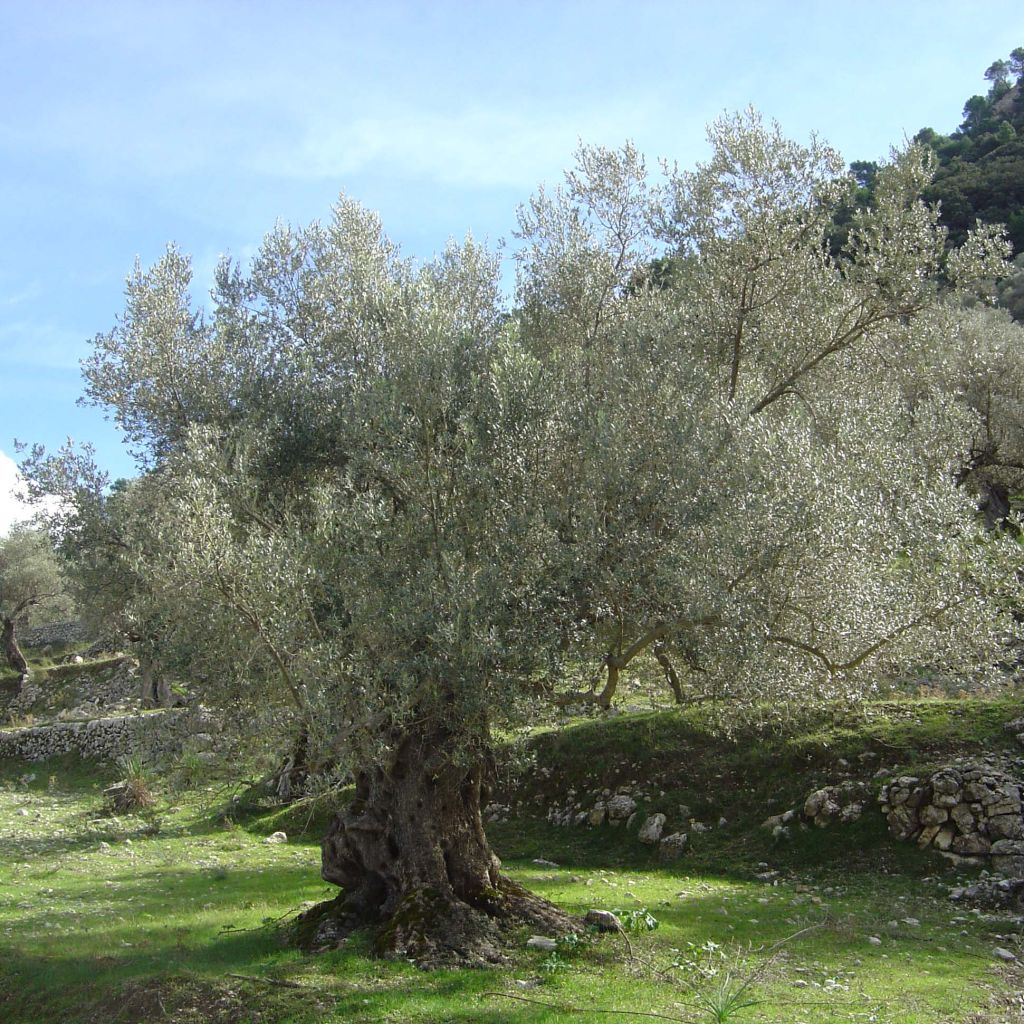

Olea europaea Stem - Olive
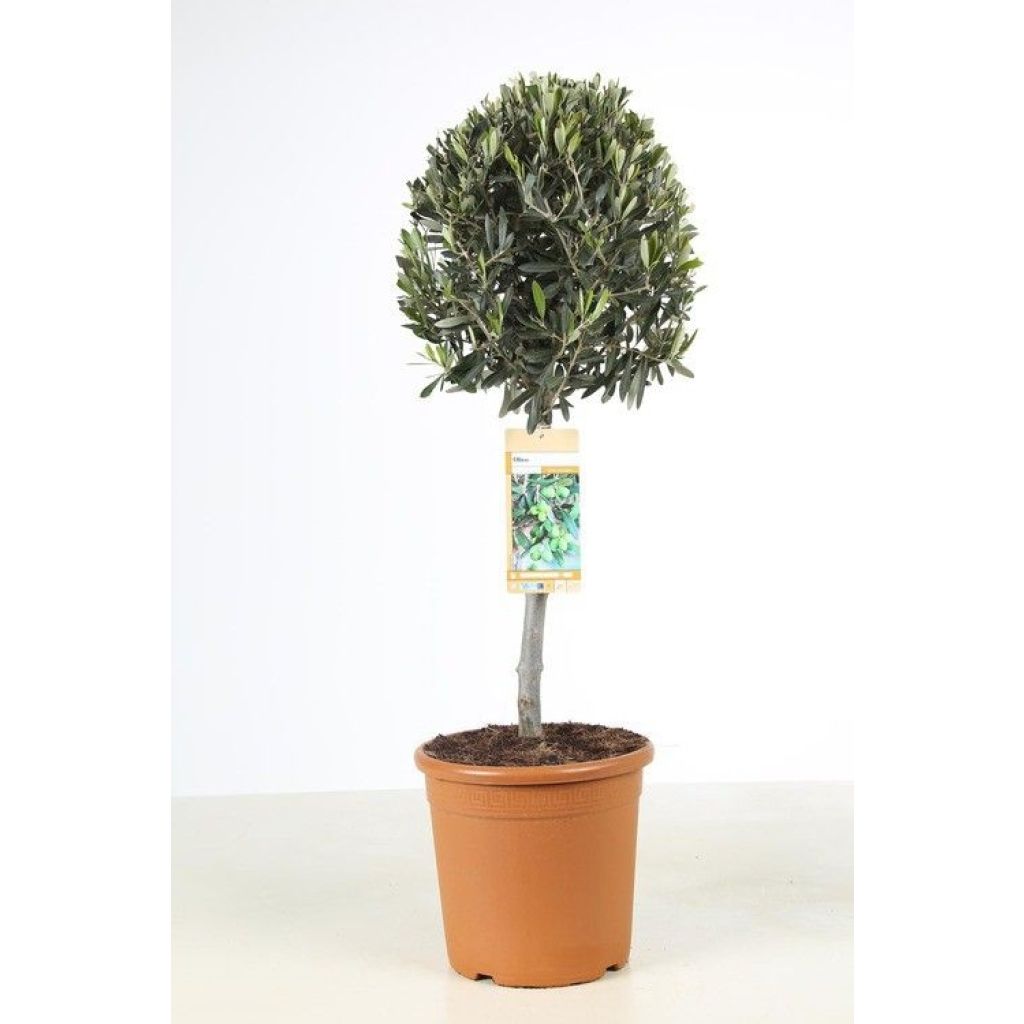

Olea europaea Stem - Olive
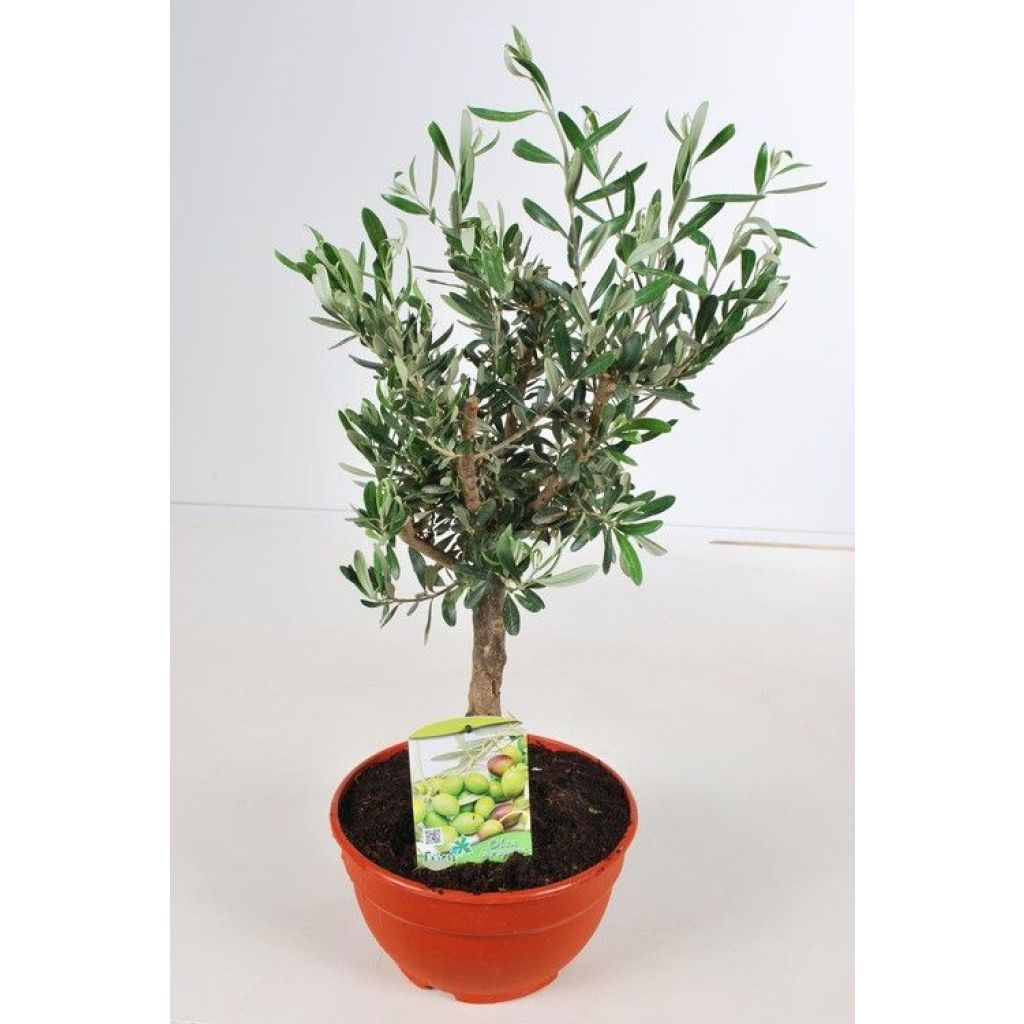

Olea europaea Stem - Olive
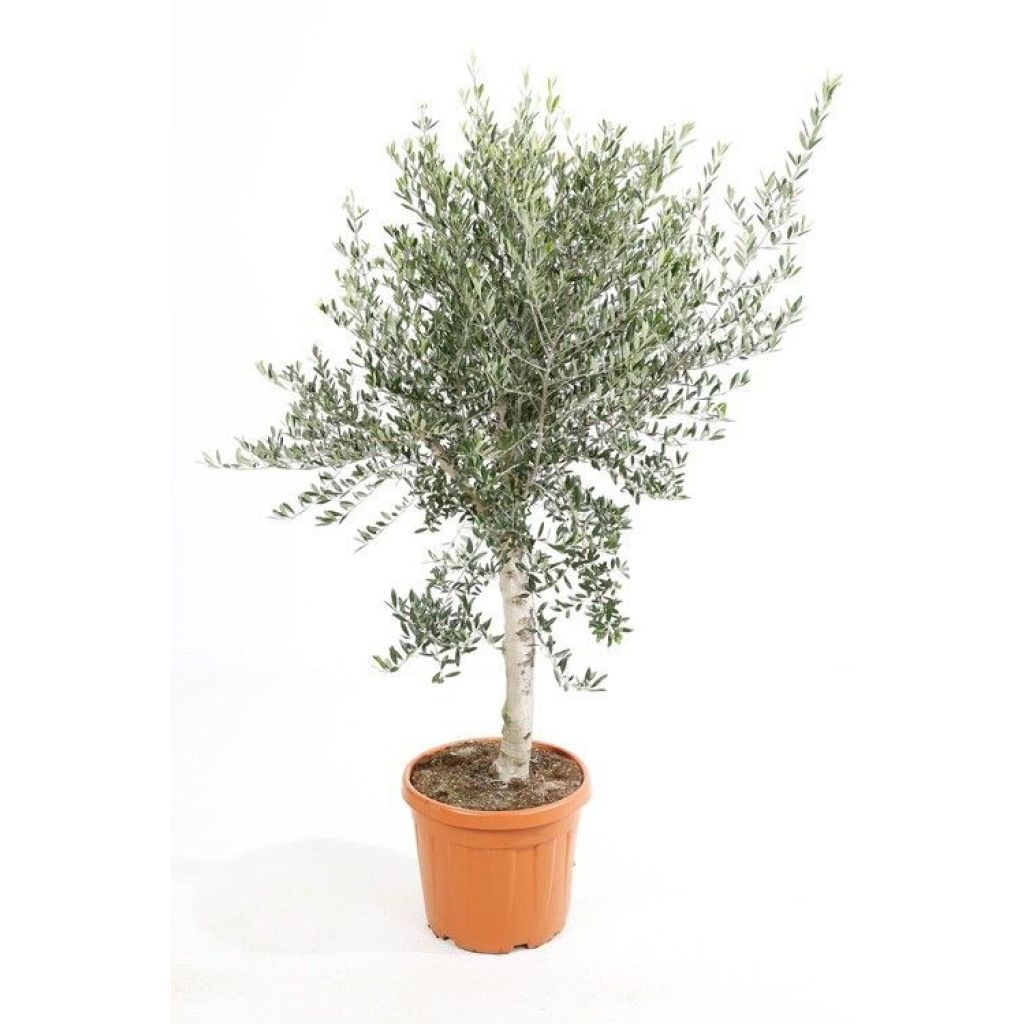

Olea europaea Stem - Olive
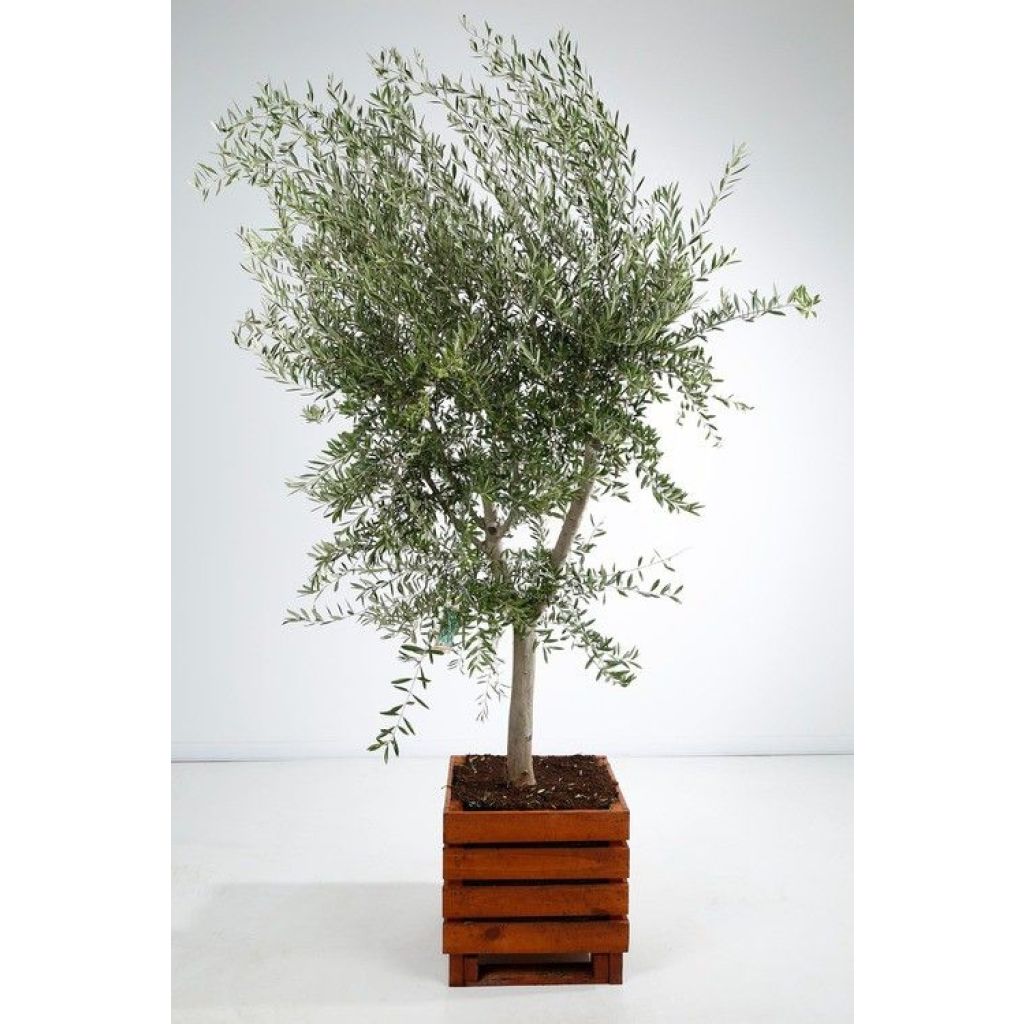

Olea europaea Stem - Olive
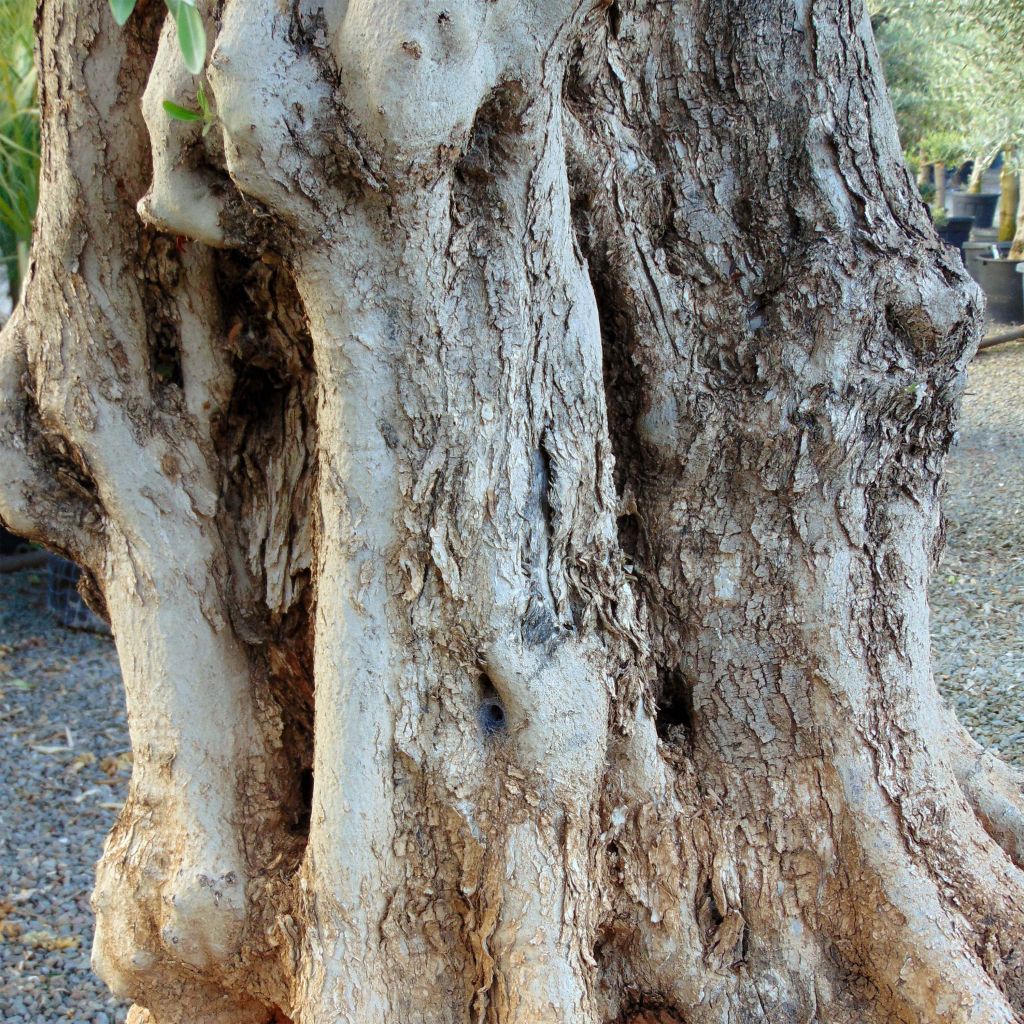

Olea europaea Stem - Olive
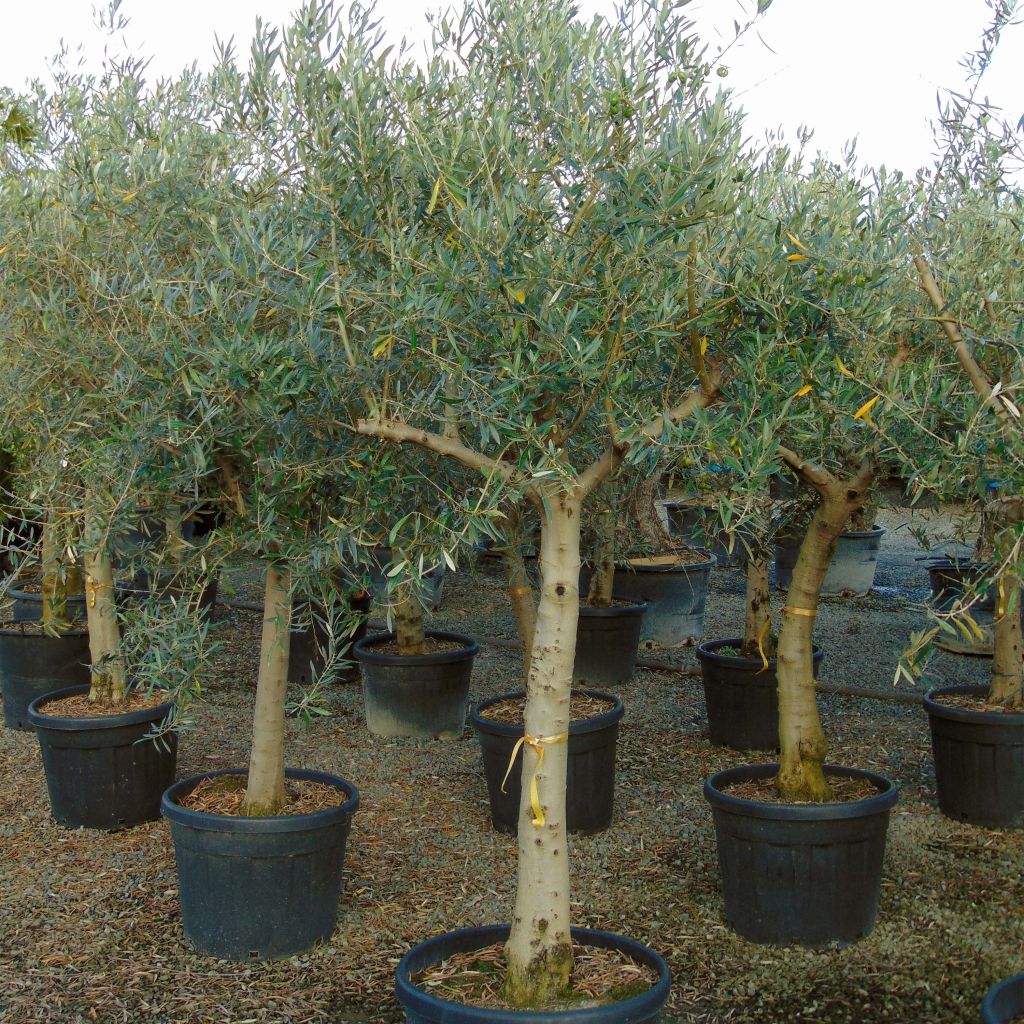

Olea europaea Stem - Olive
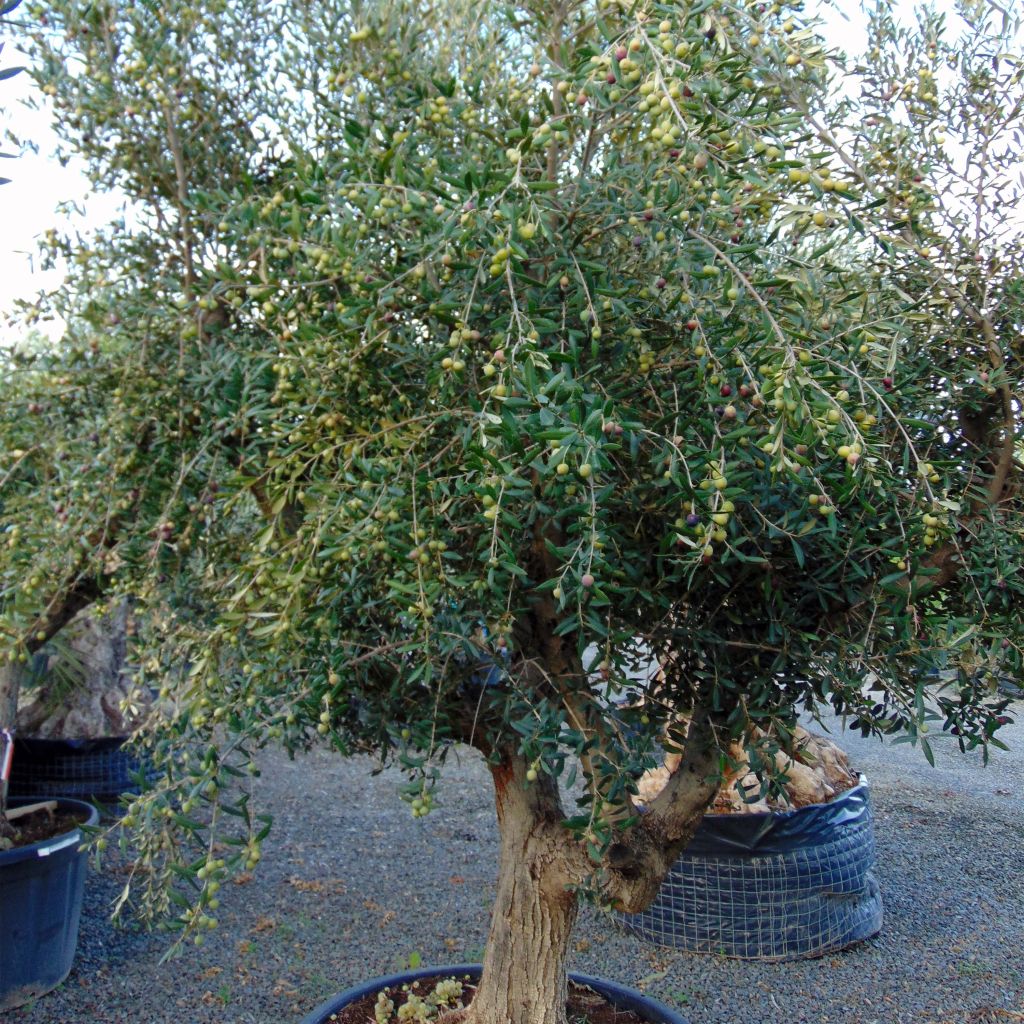

Olea europaea Stem - Olive
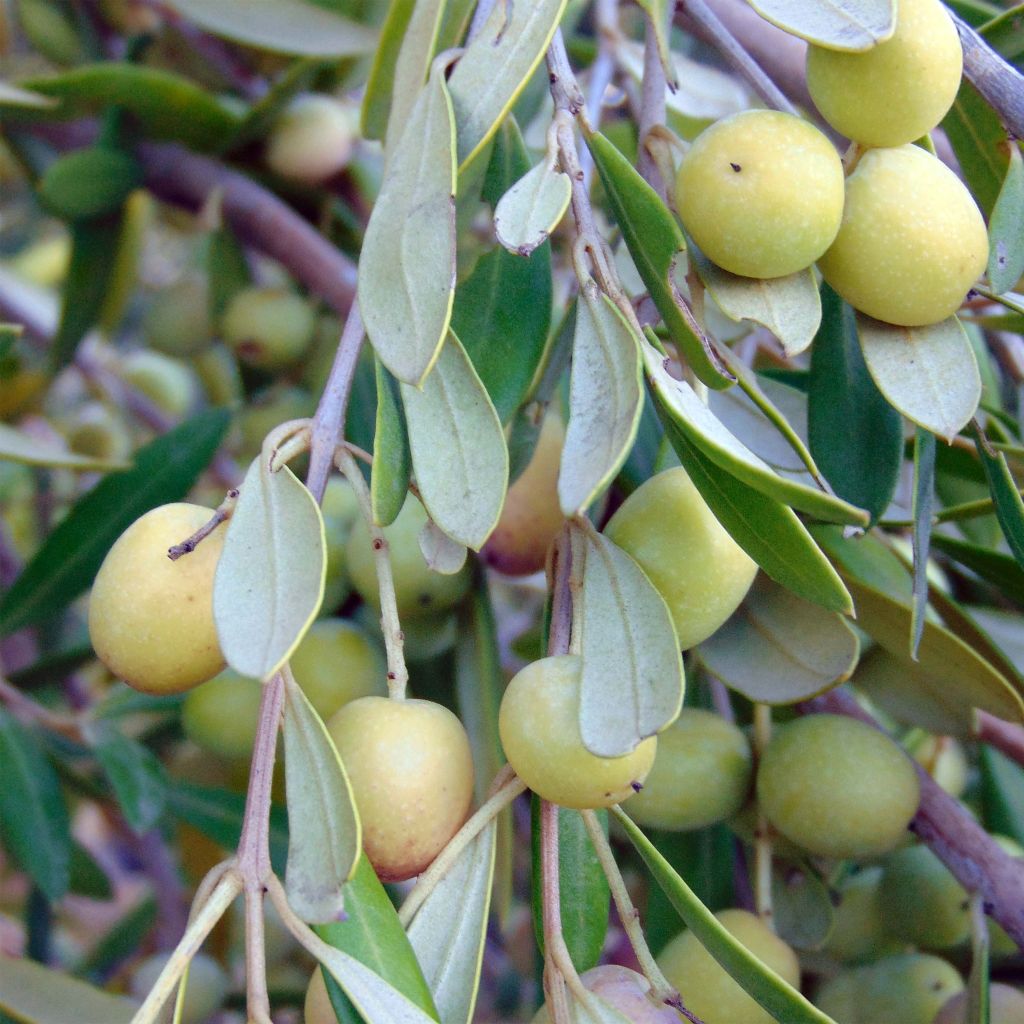

Olea europaea Stem - Olive
Olea europaea Stem - Olive
Olea europaea
Olivier, Olivier commun, Olivier d'Europe
This item cannot be shipped to the selected country
Delivery charge from €5.90
Delivery charge from €5.90
Oversize package delivery charge from €6.90
Delivery charge from €5.90
Oversize package delivery charge from €6.90
Oversize package delivery charge from €6.90
Delivery to Corse prohibited
More information
Delivery charge from €5.90
Delivery charge from €5.90
Oversize package delivery charge from €6.90
Delivery charge from €5.90
Oversize package delivery charge from €6.90
Oversize package delivery charge from €6.90
Delivery to Corse prohibited
More information
Schedule delivery date,
and select date in basket
This plant carries a 24 months recovery warranty
More information
We guarantee the quality of our plants for a full growing cycle, and will replace at our expense any plant that fails to recover under normal climatic and planting conditions.
From €5.90 for pickup delivery and €6.90 for home delivery
Express home delivery from €8.90.
From €5.90 for pickup delivery and €6.90 for home delivery
Express home delivery from €8.90.
Oversize package: home delivery by special carrier from €6.90 per order..
Express home delivery from €8.90.
From €5.90 for pickup delivery and €6.90 for home delivery
Express home delivery from €8.90.
Oversize package: home delivery by special carrier from €6.90 per order..
Express home delivery from €8.90.
Oversize package: home delivery by special carrier from €6.90 per order..
Express home delivery from €8.90.
Delivery to Corse prohibited: UE law prohibits the import of this plant from mainland France to Corse as part of the fight against Xylella fastidiosa. Please accept our sincere apologies.
More information
Does this plant fit my garden?
Set up your Plantfit profile →
Description
The presence of Olea europaea all around the Mediterranean, dates back to ancient times, one could say to the flood. Both an ornamental tree and a functional tree, it is inseparable from the Mediterranean landscape, just like the fig tree, the evergreen oak, the pomegranate tree and the vine. Its silhouette is instantly recognisable: a sturdy and knotty trunk as it ages, a bushy and spreading crown, dressed in grey-green evergreen foliage with a silver underside, rustling in the wind. Spring covers it with countless small yellow-cream flowers, adding to its charm. Fruiting occurs after ten years, in the form of green olives that ripen to black. The fruit has an extremely bitter taste, making it inedible in its current state. It is very resistant to drought and appreciates well-drained, even rocky soils, but cannot tolerate temperatures below -12°C (10.4° F). This small tree can be grown in a large pot, provided it is protected during winter.
Olea europaea or common olive tree belongs to the Oleaceae family, and is the most represented species within this family which counts nearly 25, all showing exceptional longevity. This small evergreen tree reaches about 9 m (29.5 ft) in height, after many years of cultivation. But in its young age, its growth is rapid, and fruiting occurs after around 10 years. Its picturesque habit can adopt many fanciful silhouettes: spreading branches, with a single trunk or multiple trunks, cracked and rough bark with multiple scars left by time. Its evergreen foliage is composed of opposite, entire and elliptical leaves, which are leathery and sprinkled with scale-like hairs. The leaves are more or less narrow, and measure 3 cm to 9 cm (1.2 in to 3.5 in) long. They cover branches dotted with peltate scales. Their colour is a mixture of green and grey, with the underside of the leaves being downy and silver. The very brief flowering takes place for one week at the end of spring. The flowers, white or yellowish, are grouped in axillary panicles. The fruits, the olives, are fleshy drupes with hard stones, 5 mm to 4 cm (0.2 in to 1.6 in) long, green then black at maturity. Its bark is grey and smooth when young, and cracks with age, while the tree emits shoots at the base of the trunk.
Once well established, this tree withstands moderate freezing of around -10° C to -12° C (14° F to 10.4° F), in well-drained soil, but it needs drought in summer to properly ripen its wood. In warmer areas, it can be planted as a solitary tree, surrounded by daylilies, agapanthus or iris, santolina, cyclamen, Muscaris, lonicera nitida, or covered with a climbing rose (for example, 'Senateur Lafolette'). It can also be planted in a windbreak hedge with laurel trees, bay laurel, evergreen oaks, strawberry trees, and myrtles. In an orchard, plant alongside almond trees, quince trees, flowering or fruiting apple trees, and plum trees. In colder regions, plant it in large pots, which can be sheltered in winter.
A very old tree: the Olive tree named "The King of Kings" in Roquebrune-Cap-Martin, in the Alpes-Maritimes, has a stump with a circumference of 20 m (65.6 ft), which encompasses the surrounding rocks; it is estimated to be 1000 to 2000 years old.
Olea europaea Stem - Olive in pictures
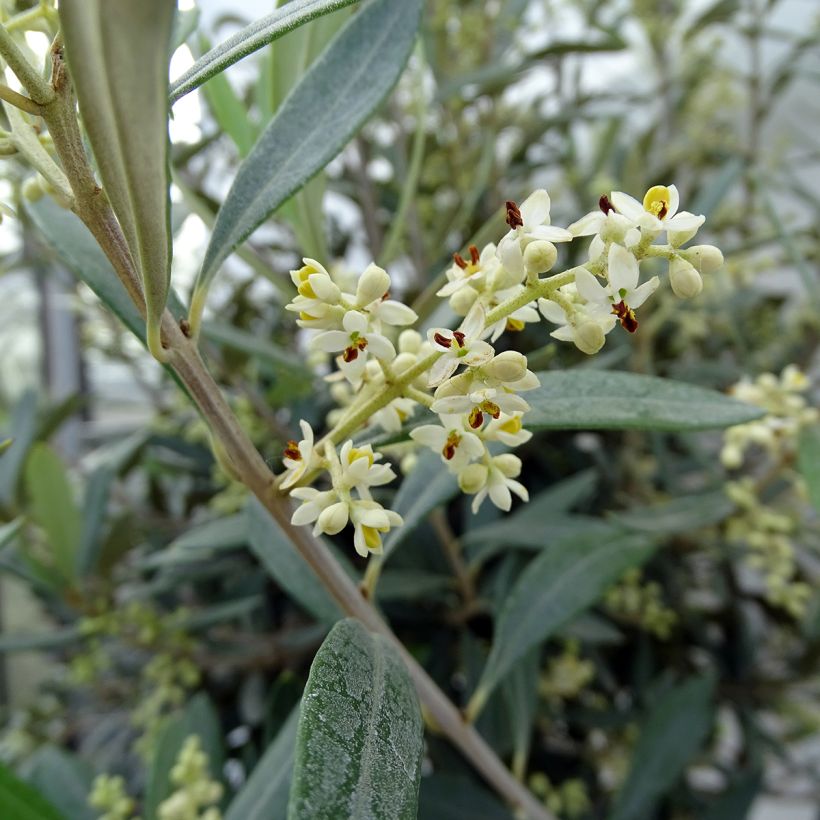

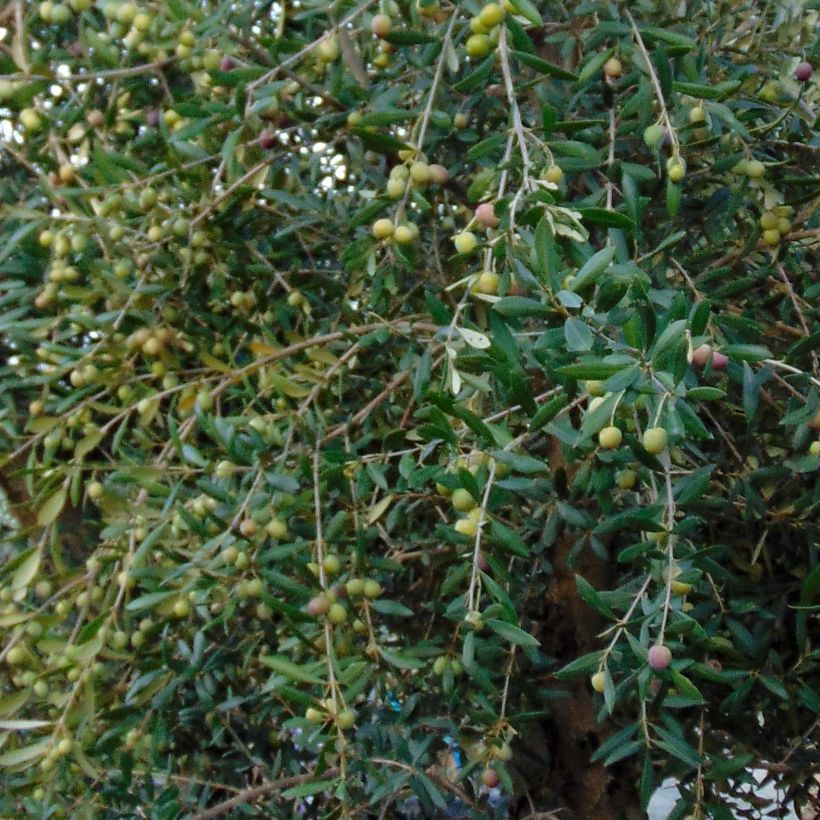

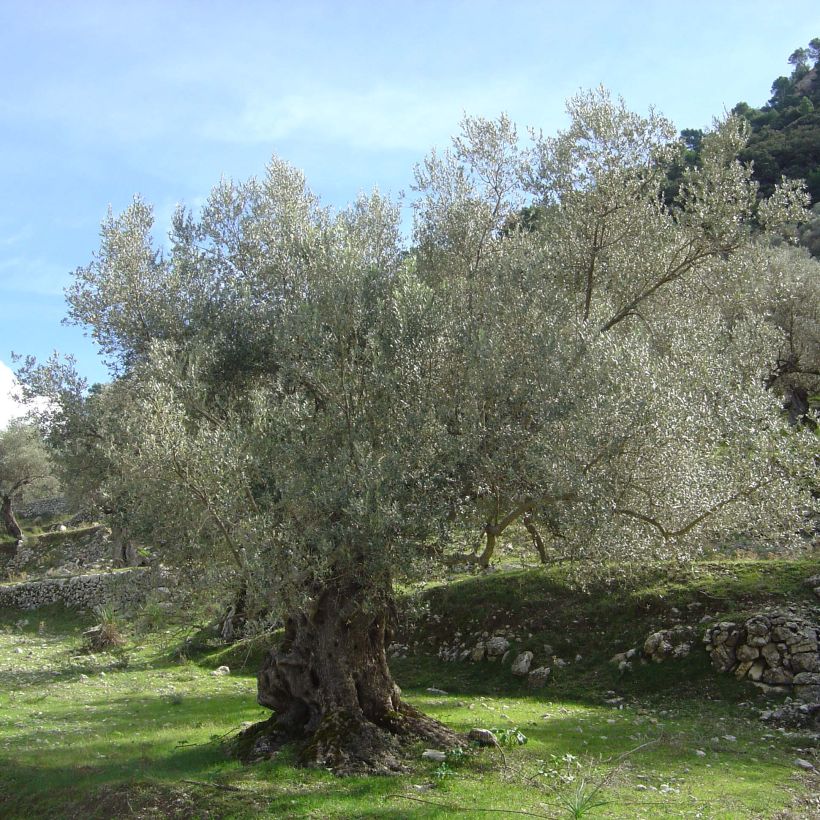

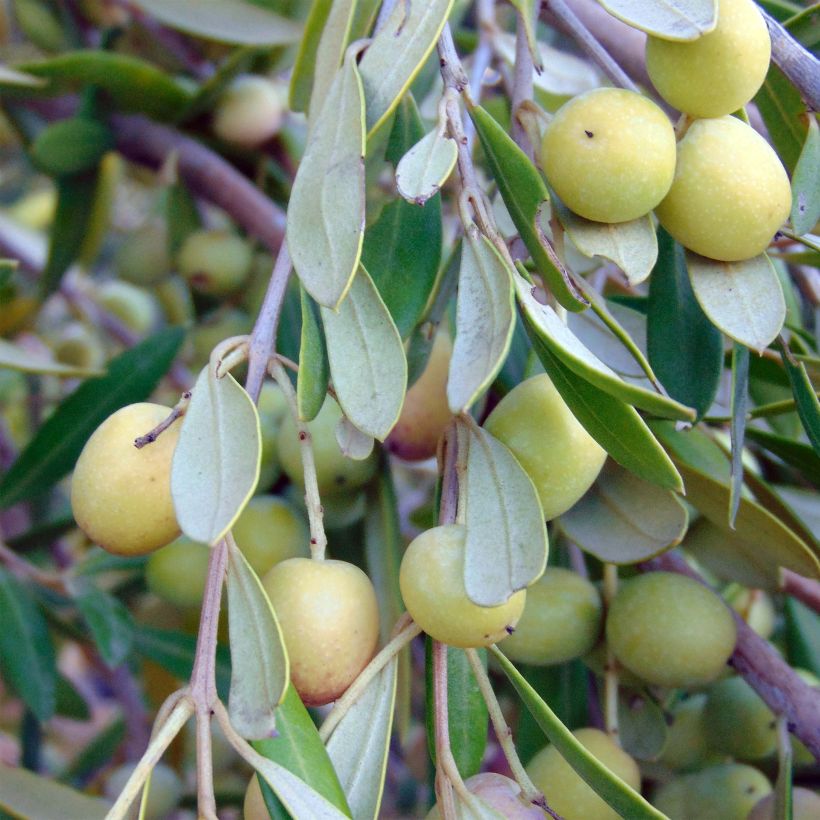

Plant habit
Flowering
Foliage
Safety measures
Botanical data
Olea
europaea
Oleaceae
Olivier, Olivier commun, Olivier d'Europe
Mediterranean
atteinterespiratoire
Cette plante peut entraîner des symptômes allergiques.
Evitez de la planter si vous ou vos proches souffrez de rhinite saisonnière ("rhume des foins").
Davantage d'informations sur https://plantes-risque.info
Other Shrubs A to Z
Planting and care
Plant in spring, as young plants are particularly sensitive to cold. Well-established plants that are a few years old can withstand short frosts of around -10° C to -12° C (14° F to 10.4° F). If you plant the olive tree in open ground, dig a basin around the tree. Do not plant it in the middle of a short grass meadow, as it would suffer from regular watering that would cause root asphyxiation and rot. The common olive tree can thrive in ordinary soil, even limestone and rocky soil, but it must be permeable and well-drained. It can perfectly tolerate summer drought, sometimes at the expense of the harvest. It also requires a sunny location sheltered from cold winds, especially outside the area where it is traditionally cultivated.
For an olive tree grown in a pot, place a draining layer of soil, sand, and small stones at the bottom. Repot every 2 or 3 years.
Use a 2.5 m (8.2 ft) tall stake to ensure a straight habit for the tree as it grows. Adjust the height of the stake according to the size of your olive tree in the case of container cultivation.
Diseases and pests: there are many, but rarely deadly.
The Olive Fruit Fly is particularly troublesome for fruit production. Olive trees can also be bothered by thrips, black scale (often accompanied by sooty mould), bark beetle and olive moth.
Olive tree diseases are not lethal and can be easily treated or disappear on their own. However, there is one exception to the rule: a fungal disease called root rot that attacks the roots and then spreads throughout the branches.
Planting period
Intended location
Care
Shrubs for pots
Haven't found what you were looking for?
Hardiness is the lowest winter temperature a plant can endure without suffering serious damage or even dying. However, hardiness is affected by location (a sheltered area, such as a patio), protection (winter cover) and soil type (hardiness is improved by well-drained soil).

Photo Sharing Terms & Conditions
In order to encourage gardeners to interact and share their experiences, Promesse de fleurs offers various media enabling content to be uploaded onto its Site - in particular via the ‘Photo sharing’ module.
The User agrees to refrain from:
- Posting any content that is illegal, prejudicial, insulting, racist, inciteful to hatred, revisionist, contrary to public decency, that infringes on privacy or on the privacy rights of third parties, in particular the publicity rights of persons and goods, intellectual property rights, or the right to privacy.
- Submitting content on behalf of a third party;
- Impersonate the identity of a third party and/or publish any personal information about a third party;
In general, the User undertakes to refrain from any unethical behaviour.
All Content (in particular text, comments, files, images, photos, videos, creative works, etc.), which may be subject to property or intellectual property rights, image or other private rights, shall remain the property of the User, subject to the limited rights granted by the terms of the licence granted by Promesse de fleurs as stated below. Users are at liberty to publish or not to publish such Content on the Site, notably via the ‘Photo Sharing’ facility, and accept that this Content shall be made public and freely accessible, notably on the Internet.
Users further acknowledge, undertake to have ,and guarantee that they hold all necessary rights and permissions to publish such material on the Site, in particular with regard to the legislation in force pertaining to any privacy, property, intellectual property, image, or contractual rights, or rights of any other nature. By publishing such Content on the Site, Users acknowledge accepting full liability as publishers of the Content within the meaning of the law, and grant Promesse de fleurs, free of charge, an inclusive, worldwide licence for the said Content for the entire duration of its publication, including all reproduction, representation, up/downloading, displaying, performing, transmission, and storage rights.
Users also grant permission for their name to be linked to the Content and accept that this link may not always be made available.
By engaging in posting material, Users consent to their Content becoming automatically accessible on the Internet, in particular on other sites and/or blogs and/or web pages of the Promesse de fleurs site, including in particular social pages and the Promesse de fleurs catalogue.
Users may secure the removal of entrusted content free of charge by issuing a simple request via our contact form.

































